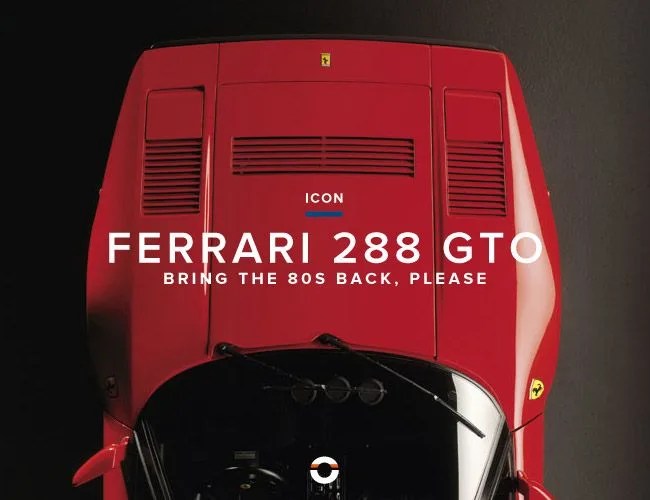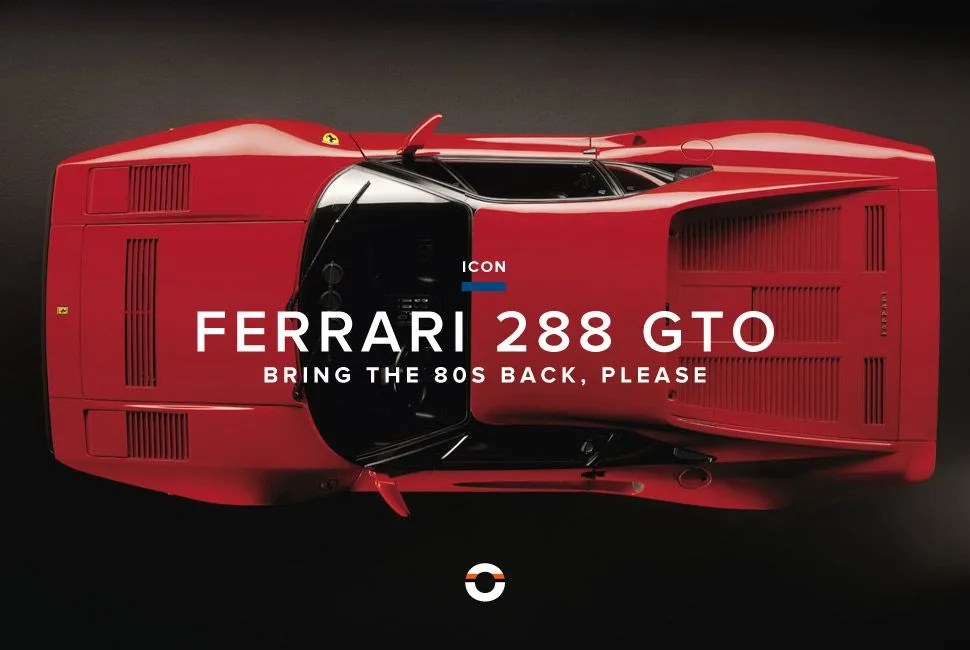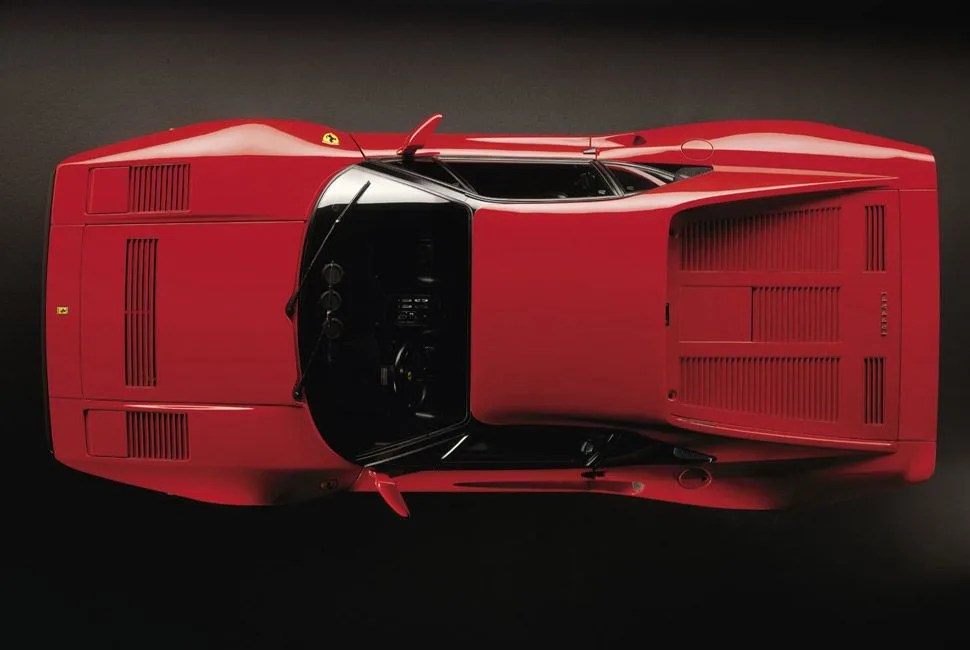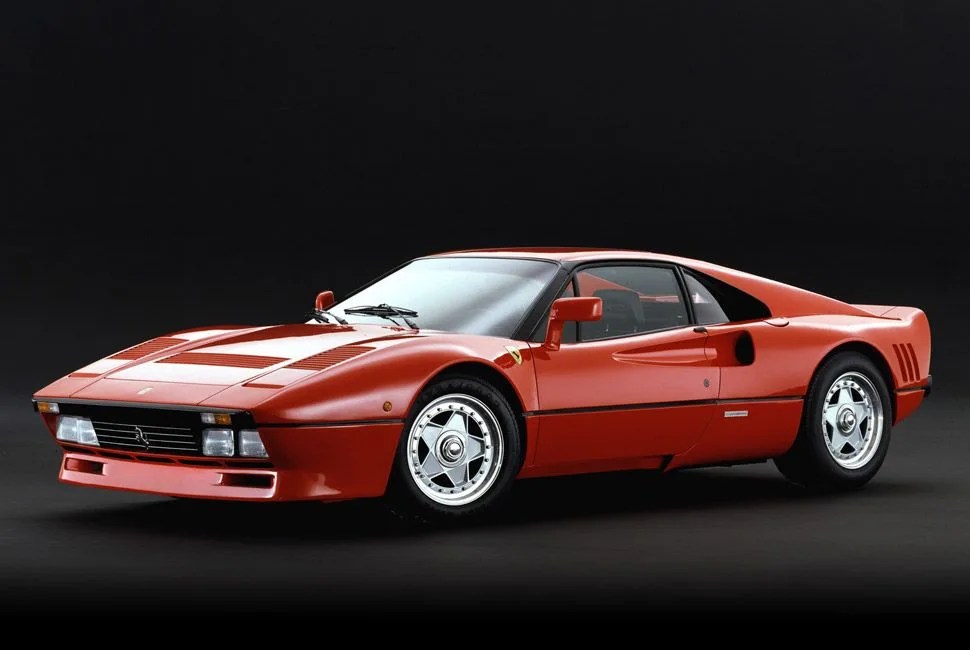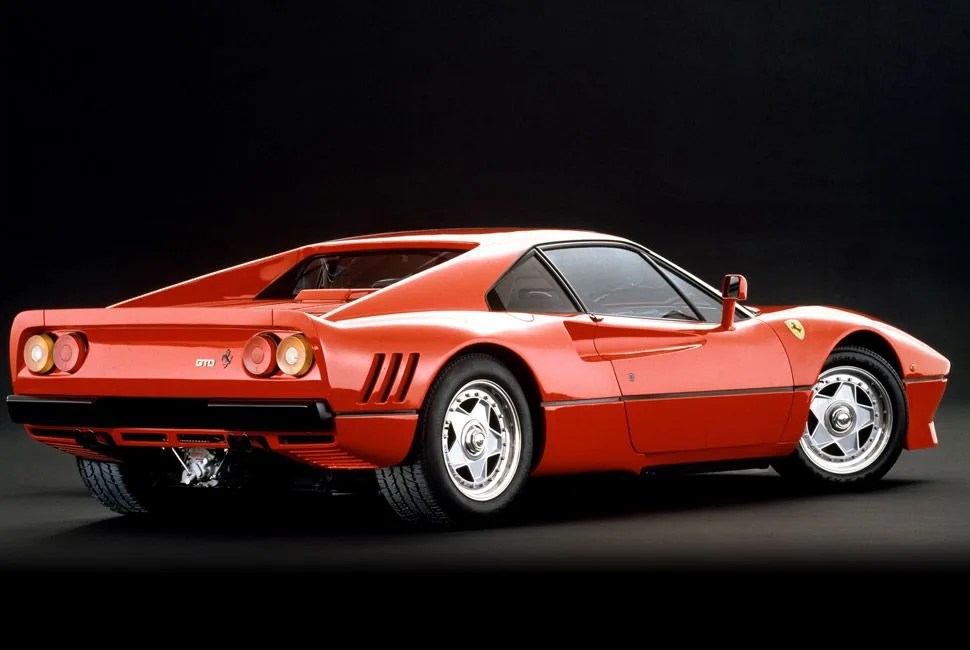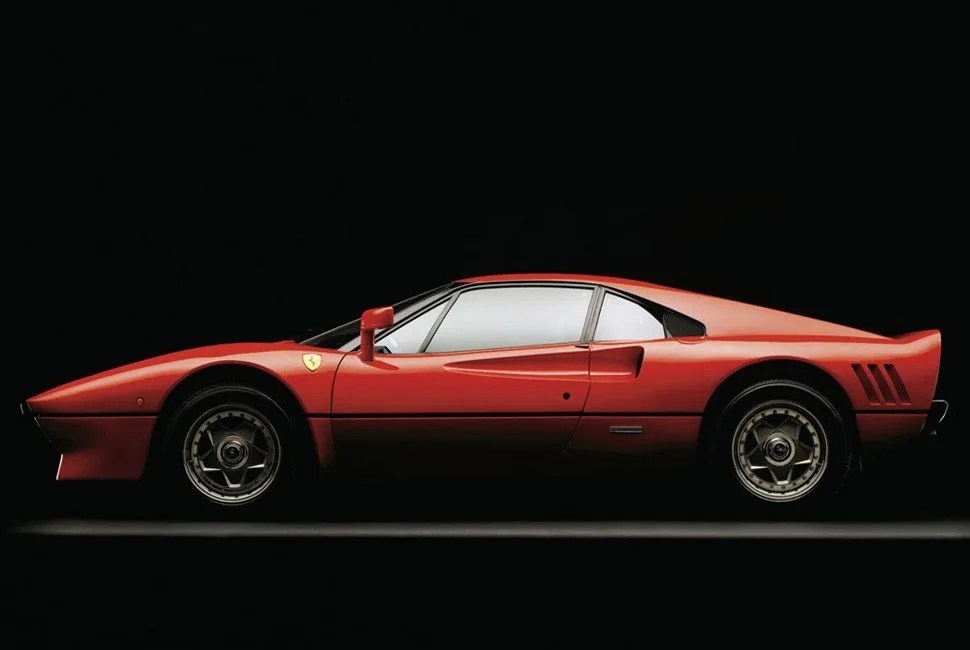5 photos
The Ferrari Enzo and F40 need no introduction — they’ve virtually been canonized. There is a Ferrari supercar, however, that travels under the radar compared to its two aforementioned (and more modern) brothers. To the untrained eye, the Ferrari 288 GTO (1984-1985) looks much like Magnum P.I.’s 308 GTS. But the ferocious 288 is so much more than Robin Master’s permanent loan to the mustachioed private eye. It was built with purpose, created to feed Enzo Ferrari’s unquenchable racing passions in Group B racing, a beautiful, supremely quick beast. It went to war with the stellar Porsche 959 for the title of performance titan of the late ’80s. To see one is to understand the true meaning of “car lust”. The 288 GTO can actually be credited as the father of the modern Ferrari supercar, and it is quite possibly the finest prancing horse.
MORE STELLAR SUPERCARS: Track Day: 2013 Mercedes-Benz SLS AMG GT | Bull & Bravado: Driving the Lamborghini Aventador | Behind The Wheel: Audi R8 V10 Spyder
What It’s All About
Understanding the GTO’s name is paramount to grasping its establishment in the automotive pantheon. GTO is short for “Gran Turismo Omologato”, Italian for Grand Touring Homologated. Homologation, derived from the Greek “homologeo” (which means “to agree with”), is the racing term for rules on production cars that justify entry into a racing series. Essentially, this means that the production car must adhere to specific race rules on engine displacement, chassis construction, suspension, and other aspects. These same cars must also be street legal, and finally, a certain number of cars must be made available for public sale. Group B racing in 1984 specified that Ferrari must produce at least 200 cars in order to qualify for for homologation.
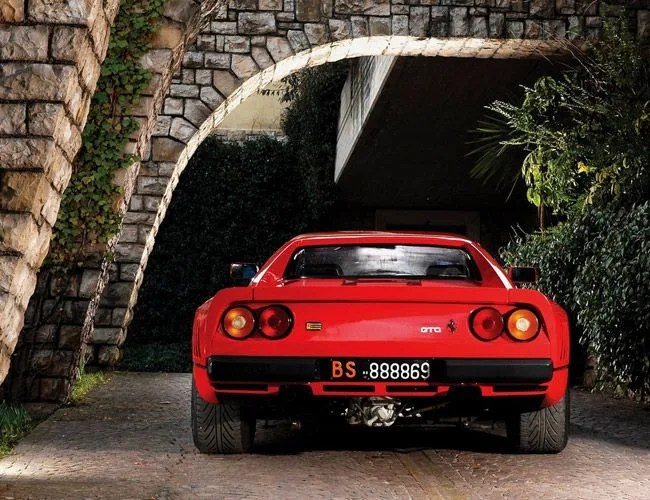
But just as the 288’s homologation process neared completion in 1986, tragedy struck. Two Group B drivers, Henri Toivonen from Finland and Sergio Cresto from the U.S., perished in their Lancia Delta S4 when they careened off a cliff during the Tour de Corse rally in Corsica, France. Consequently, the FIA governing body banned the Group B supercar series. The 288 GTO would never lay tire on a Group B racetrack. 272 cars had been produced; all of them went to public sale. Though the ignominious timing of Group B’s demise destroyed any hope that the 288 would become a racing legend, the car had all the makings of one.
